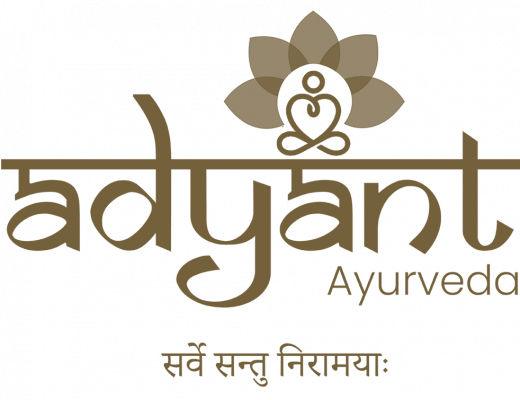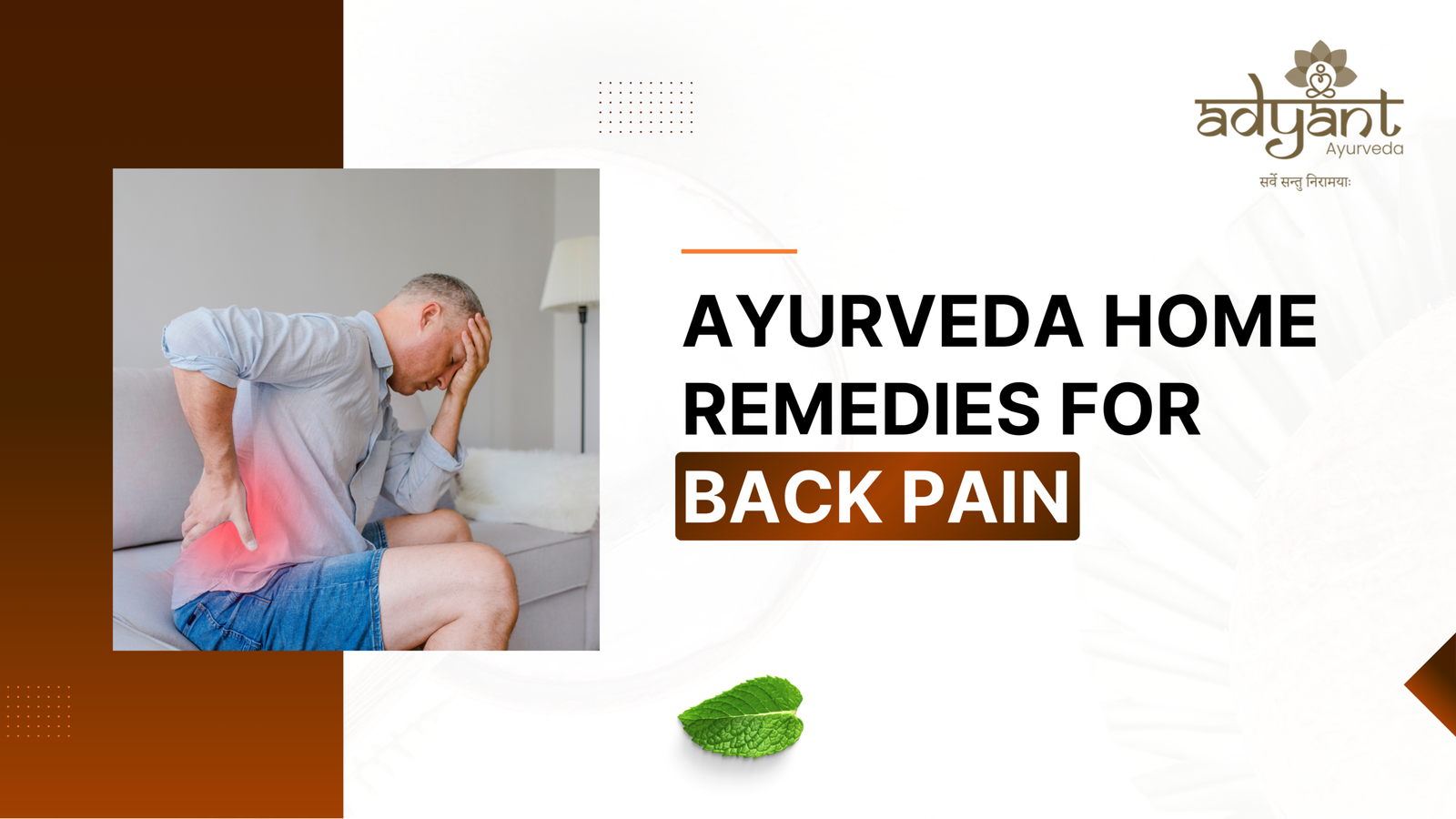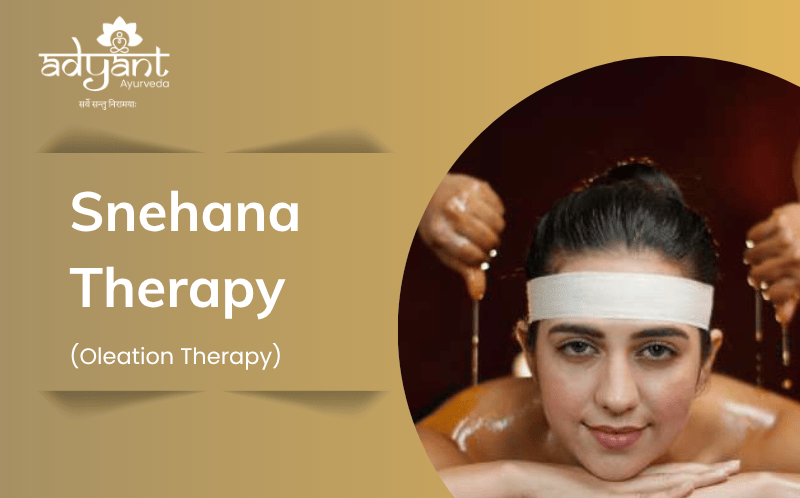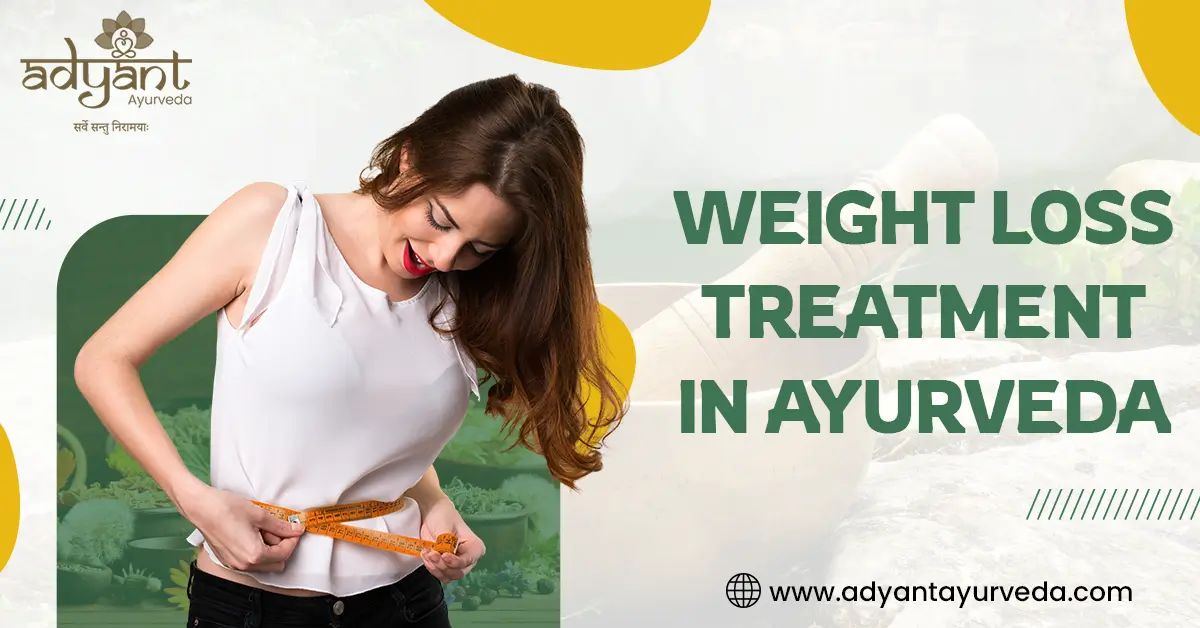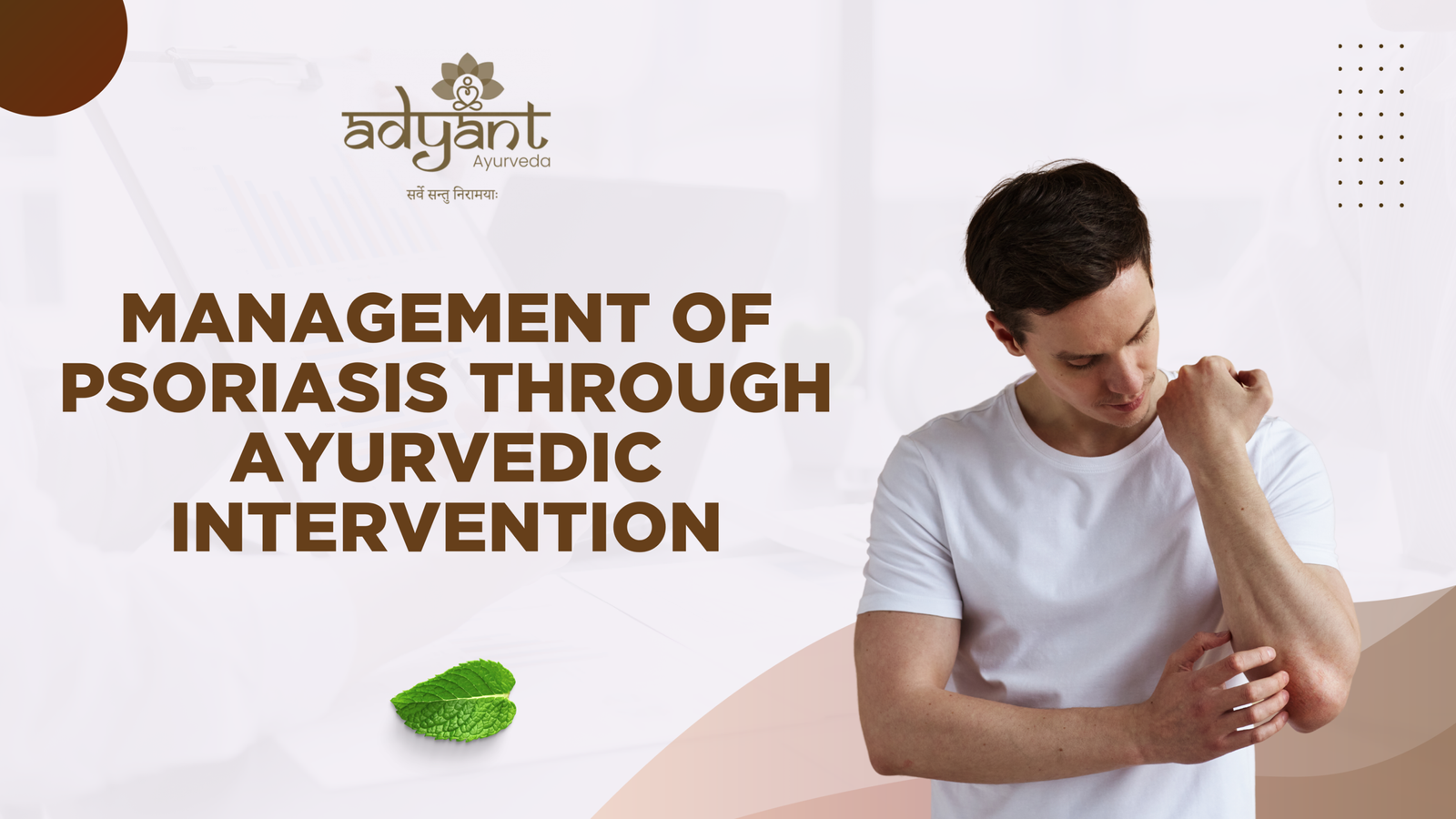Table of Contents
Toggle
🌿 Ayurvedic Treatment for Varicose Veins
By Dr. Preethi, BAMS
Senior Ayurvedic Consultant, Adyant Ayurveda, Rajarajeshwari Nagar, Bangalore
Did you know?
Nearly 30% of adults experience varicose veins—especially those in jobs requiring prolonged standing or sitting. Whether you’re suffering from heaviness, fatigue, or visible veins, Ayurveda offers holistic and effective treatment options that go beyond temporary relief. We will discuss in detail about Ayurvedic treatment for varicose veins
“Sirasu sampeedanat sankochaat vishoshanaat cha |
Siragranthir bhavet tasyam krishnata toda aayasa cha ||”
— Sushruta Samhita, Chikitsa Sthana 24/29
Translation:
Due to compression, constriction, and drying of the veins (Siras), there arises Siragranthi (knotted, tortuous veins) accompanied by bluish discoloration (Krishnata), pricking pain (Toda), and fatigue (Ayasa).
🩸 What Are Varicose Veins?
Varicose veins are enlarged, twisted, and discolored veins—commonly seen in the legs. They may start off as cosmetic concerns but can progress to pain, itching, skin discoloration, and even ulcers or blood clots if left untreated.
🔍 Causes of Varicose Veins
| Cause | Explanation |
|---|---|
| Prolonged standing/sitting | Increases pressure in leg veins |
| Obesity | Puts strain on venous valves |
| Hormonal changes | During pregnancy or menopause, weakened vein walls |
| Aging | Valves lose efficiency over time |
| Constipation | Increases intra-abdominal pressure |
| Hereditary factors | Congenital vein wall weakness |
| Trauma or DVT | Damages valves or obstructs blood flow |
| Lack of activity | Reduces calf muscle pump function |
⚠️ Complications of Untreated Varicose Veins
Chronic leg pain and cramps
Skin ulcers, particularly around the ankles
Discoloration and skin hardening
Superficial bleeding or ruptured veins
Deep vein thrombosis (DVT)
🧠 How Do Varicose Veins Develop?
Healthy veins have one-way valves that carry blood to the heart. When these valves become weak or damaged, blood pools in the legs, causing pressure, swelling, and vein dilation. This is worsened by gravity, inactivity, and weak vein walls.
🌿 Ayurvedic Understanding: Siraja Granthi
In Ayurveda, varicose veins are called Siraja Granthi, caused by vitiation of Vata and Rakta Doshas, sometimes associated with Pitta and Kapha involvement.
“According to Ayurveda, varicose veins (Siraja Granthi) occur due to Vata-Rakta vitiation. Vyana Vayu’s function of blood circulation is obstructed, leading to Sampeedana (compression), Vakreekarana (tortuosity), and Granthi (knotting) in veins. Involvement of Pitta causes inflammation and discoloration, while Kapha contributes to stagnation.”
Key Ayurvedic descriptions include:
Sampeedana – Vein compression
Sankocha – Constriction or narrowing
Vakreekarana – Twisting of veins
Grathita Sira – Knotted, bulging veins
Krishnata – Bluish or blackish discoloration
“Sushruta notes that Siraja Granthi associated with pain and movement (Chala) is difficult to cure, while painless and early-stage cases are more manageable.”
🧪 Ayurvedic Diagnosis + Modern Tools
Moses’ Sign – Pain on calf squeeze
Homan’s Sign – Calf pain on foot dorsiflexion
Trendelenburg Test – Tests valve function
Color Doppler Scan – Checks for venous reflux or thrombosis
Visual Analog Scale (VAS) – Monitors pain relief during treatment
🌿 Ayurvedic Pathophysiology (Samprapti) of Varicose Veins (Siraja Granthi)
In Ayurveda, varicose veins are classified under Siraja Granthi, a disease condition where vitiated Vata and Rakta doshas affect the veins (Siras).
The vitiated Vyana Vayu, responsible for circulation, leads to:
Sampeedana – Compression or constriction of veins
Sankocha – Shrinking or narrowing
Vakreekarana – Twisting of the vein pathways
Vishoshana – Dryness and loss of elasticity
Granthi – Formation of knot-like swellings or clots
Kapha contributes by causing stagnation, while Pitta may lead to inflammation and discoloration.
🔥 Symptoms of Varicose Veins
Blue, bulging, or twisted veins
Leg pain, aching, or heaviness
Itching, burning, or cramping
Swelling near the ankles or feet
Skin darkening or ulceration
💊 Ayurvedic Medicines for Varicose Veins
A combination of classical formulations and clinically validated herbal preparations are used in Ayurveda to balance Vata-Rakta dosha, purify the blood, reduce inflammation, and strengthen venous tone.
| Formulation / Herb | Action / Therapeutic Benefit |
|---|---|
| Kaishora Guggulu | Anti-inflammatory, purifies Rakta (blood), supports wound healing |
| Triphala Guggulu | Detoxification enhances metabolism and reduces Ama |
| Manjishtadi Kashaya | Powerful blood purifier, treats pigmentation and skin issues |
| Varunadi Kashaya | Reduces Kapha-Vata stagnation, improves venous return |
| Gotu Kola (Mandukaparni) | Enhances collagen synthesis, strengthens vein walls |
| Avipattikar Churna | Regulates digestion, supports Virechana, reduces Pitta |
| Arjuna Capsules | Improves vascular tone and cardiac function |
| Shiva Gutika | Rejuvenative supports Tridosha balance, improves immunity |
| Mahamanjishtadi Kwatha | Specializing in pigmentation, Rakta Dushti, and skin healing |
| Sahacharadi Kashayam | Relieves pain and stiffness, and supports vascular flexibility |
| Punarnavasava | Anti-edematous, diuretic, supports blood purification and reduces swelling |
| Punarnavadi Mandura | Rich in iron, it reduces inflammation and strengthens the Rakta Dhatu |
| Dashamoolarishta | General Vata pacifier, post-therapy tonic for recovery |
| Pathyashadangam Kashaya | Relieves burning and inflammation, and enhances blood flow |
⚠️ Note: These medicines should only be used after individual Prakriti analysis and proper diagnosis by a qualified Ayurvedic doctor. Self-medication is not advised.
🛀 Panchakarma & External Therapies
| Therapy | Benefit |
|---|---|
| Virechana (Purgation) | Expels vitiated Rakta and Pitta; uses Goghrita and Trivrit Leha |
| Siravyadha (Vene Section) | Removes stagnated blood, reduces venous pressure (3 sittings: ~80–100 ml blood) |
| Raktamokshana (Leech therapy) | Improves microcirculation, relieves inflammation |
| Abhyanga (Oil Massage) | Relieves stiffness and improves venous flow |
| Udvartana (Dry massage) | Stimulates lymphatic drainage and reduces fat |
| Kizhi (Poultice) | Reduces swelling and muscle cramps |
| Basti (Medicated enema) | Balances Apana Vayu and detoxifies the colon |
| Dhanyamladhara | Fermented decoction pour for chronic swelling |
“Following Virechana, a structured dietary protocol called Sansarjana Krama (progressive diet from liquid to solid foods) is followed to restore digestive fire (Agni) and optimize recovery.”
“Sansarjana Krama typically includes light foods like Manda, Peya, and Vilepi over 5–7 days to gradually rekindle Agni (digestive fire) after Virechana.”
🧘♀️ Ayurvedic Lifestyle & Diet
✅ Recommended:
Yoga: Sarvangasana, Tadasana, Viparita Karani
Walking: 30 mins/day
Warm water: Improves circulation
High-fiber foods: Avoid constipation
Bioflavonoid-rich fruits: Berries, oranges, spinach
Leg elevation: 15 mins daily
❌ Avoid:
Long-standing or sitting
Crossing legs while seated
Tight clothes and high heels
Spicy, oily, and fermented food
Alcohol, smoking, and suppression of natural urges
🏠 Home Remedies
Apple Cider Vinegar: Topical anti-inflammatory
Aloe Vera: Soothes irritation
Garlic Paste: Enhances circulation
Witch Hazel: Strengthens vein tone
Cold compress: Reduces pain and heaviness
🛡️ Preventive Measures
| Practice | Effect |
|---|---|
| Daily self-abhyanga | Nourishes skin and improves circulation |
| Compression wrapping | Reduces edema, supports vein valves |
| Warm water therapy | Enhances digestion and detox |
| Pitta-Vata balancing diet | Maintains healthy blood flow and digestion |
🏥 Comprehensive Ayurvedic Varicose Vein Treatment at Adyant Ayurveda
At Adyant Ayurveda, we treat varicose veins by:
✅ Identifying your Prakriti (body constitution)
✅ Offering Panchakarma Detox therapies
✅ Prescribing customized Ayurvedic medicines
✅ Providing yoga, diet, and lifestyle guidance
At Adyant Ayurveda, we treated several patients with varicose veins. The common outcome was as below.
📊 Results Before and After Ayurvedic Treatment at Adyant Ayurveda
| Symptom | Before Treatment | After 3 Weeks |
|---|---|---|
| Pain | Severe, especially at night | Mild or absent |
| Vein Appearance | Bulging, dilated, tortuous | Less visible, softened |
| Swelling (Shotha) | Moderate around ankles | Significantly reduced |
| Skin Discoloration | Blackish pigmentation | Noticeably lightened |
| Sleep Disturbance | Due to pain | Normalized |
| Energy Levels | Low fatigue on standing | Improved lightness felt |
📍 Visit us at:
Jayanagar
Indiranagar
Rajarajeshwari Nagar
Kalyan Nagar
📞 Call: 9972541009
📲 Download our app “AyurCare” from Google Play for free consultations, follow-ups, and medicine delivery
Final Word from Dr. Preethi
“Varicose veins are not just about unsightly legs—they reflect deeper circulatory imbalances. Ayurveda works by addressing these imbalances holistically. When combined with Panchakarma, lifestyle changes, and internal healing, results are not only effective—but long-lasting.”
❓FAQs on Varicose Veins and Ayurveda
What is Siraja Granthi in Ayurveda?
It is the Ayurvedic term for varicose veins, caused by the vitiation of Vata and Rakta, leading to tortuous, painful veins.
How is Siravyadha done?
Siravyadha is controlled bloodletting using a sterile scalp vein puncture. It relieves pressure and enhances fresh blood flow.
Is leech therapy safe for varicose veins?
Yes. Leech saliva contains enzymes that dissolve clots, reduce inflammation, and improve blood flow.
How long does Ayurvedic treatment take?
Most people see improvement within 3–6 weeks. Chronic or complicated cases may take 2–4 months.
Can Ayurveda cure varicose veins permanently?
It can offer long-lasting relief and significantly reduce recurrence if combined with lifestyle corrections.
Can Panchakarma reduce skin pigmentation?
Yes. Manjishtadi Kashaya, Virechana, and external therapies improve skin tone and remove pigmentation.
Are Ayurvedic treatments safe?
Yes—when administered by a qualified Ayurvedic doctor, treatments are safe, personalized, and holistic.
Can I take Ayurveda treatment after surgery?
Yes. It aids in post-surgical healing, prevents recurrence, and supports vascular tone.
What diet should I follow?
A Pitta-Vata pacifying diet: warm, light, non-spicy meals, rich in fiber and hydration.
Are there any side effects?
There are no side effects if treatments are prescribed and monitored by a trained practitioner.
Can I travel during Ayurvedic treatment?
Yes, but avoid long hours of sitting or standing. Take breaks to walk, stretch, and elevate your legs when possible.
Will Ayurveda help if I only have spider veins or mild discomfort?
Yes. Ayurveda is highly effective for early-stage symptoms like spider veins, leg fatigue, or occasional swelling. It can prevent progression to full varicose veins.
Do I need to follow a strict diet permanently?
No. A strict Pitta-Vata pacifying diet is advised during the treatment phase. Later, you can transition to a balanced Ayurvedic diet to maintain vascular health.
Can I wear compression stockings along with Ayurveda treatment?
Yes. Medicated bandaging (Vasthana) or compression support can be used as an adjunct, especially during long travel or working hours.
What are the signs that Ayurvedic treatment is working?
- Reduced pain and heaviness in the legs
- Visible lightening of discolored skin
- Smaller, less prominent veins
- Better sleep, energy, and mobility
